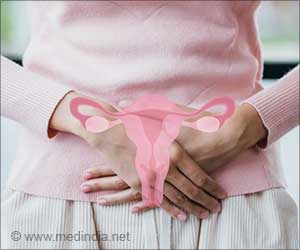One in three women, around 736 million, are subjected to physical or sexual violence by an intimate partner or sexual violence from a non-partner in their lifetime, says a World Health Organization.

‘An estimated 37 percent of women living in the poorest countries have experienced physical and/or sexual intimate partner violence in their life, with some of these countries having a prevalence as high as one in two.’





Intimate partner violence is by far the most prevalent form of violence against women globally, affecting around 641 million. However, six per cent of women globally report being sexually assaulted by someone other than their husband or partner, the report said. Given the high levels of stigma and under-reporting of sexual abuse, the true figure is likely to be significantly higher.
"To address violence against women, there's an urgent need to reduce stigma around this issue, train health professionals to interview survivors with compassion, and dismantle the foundations of gender inequality," Claudia Garcia-Moreno from WHO, said in a statement.
"Interventions with adolescents and young people to foster gender equality and gender-equitable attitudes are also vital," Garcia-Moreno added.
As per the report, violence disproportionately affects women living in low and lower-middle income countries.
Advertisement
The regions of Oceania, Southern Asia and Sub-Saharan Africa have the highest prevalence rates of intimate partner violence among women aged between 15-49, ranging from 33-51 per cent. The lowest rates are found in Europe (16-23 per cent), Central Asia (18 per cent), Eastern Asia (20 per cent) and South-Eastern Asia (21 per cent).
Advertisement
Source-IANS









